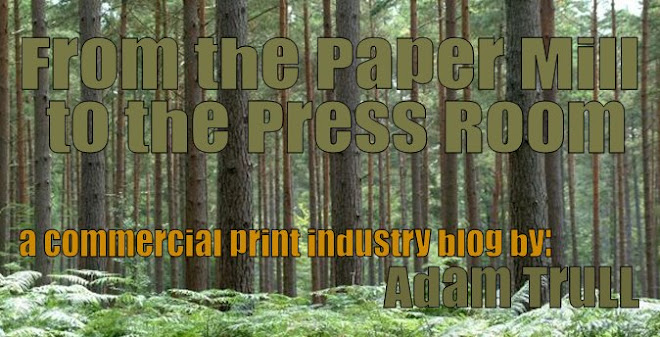Some Recent Happenings In The Marketing World
The Boston Red Sox was the 3rd highest brand in produce placement for Q1 with 376 mentions. This was only beaten by Coca-Cola and a popular night club chain.
My Comment: Do they need the placement with all of the wins this year? I’ll bet management has problem selling tickets to home games.
The average Phoenix, Arizona resident will crank out 26.3 ounces of sweat per hour this summer, making it the sweatiest city in the U.S.
My Comment: Not only is this pertinent to the health products industry, but doesn’t this relate to the beauty products, HVAC, real-estate, food and drink, and a handful of other industries? Hey Gatorade, did you hear me?
Six Parks, the park operator, has acquired 40% of Dick Clark Productions, which is a co-producer of Fox hit "So You Think You Can Dance" and several prominent awards shows. The goal is to use TV brands and characters to boost park attendance.
My Comment: This came a few days before a recent Six Parks accident in Kentucky severely disabled a young girl.
In letters to five of Kellogg's chief competitors, Rep. Ed Markey, D-Mass., demanded that they implement limits on advertising to children similar to those announced by the cereal maker last week.
My Comment: I’ve seen the Honeycomb commercials and they even make a grown man like myself crave the sugary cereal. But as far as the children, who really makes the decisions? Shouldn’t we market daily nutrition and better health programs to adults, in order to combat this?
Also, I just wanted to mention that if you'd like to be on the free Acme Printing monthly newsletter, regarding printing industry news, please send me an e-mail to let me know!
Friday, June 22, 2007
Monday, June 4, 2007
Does the basketball your selling look like a giant lemon?
So I had a great conversation the other day about color management in commercial printing. It's so frequent that I've found that many retailers and catalogers haven't truly grasped the appreciation for color matching! Whereas, in reality color can make or break a potential sale. For example, if "John Doe" sees a pair of pants in a catalog that he would buy, but not in the printed color, when in reality, the printed color doesn't represent the true product color, then the cataloger has inadvertently lost a sale!
My advice, ask for samples of your printer's work prior to the job. If the crossovers/spreads don't match colors, or the page has a tint of C, M, Y, or K, or the fleshtones represent the color of a Gremlin's face, then there may be an issue! Additionally, go on press-checks. This will insure that you are in charge of how your project turns out.
Make sure that color MAKES the sale!
My advice, ask for samples of your printer's work prior to the job. If the crossovers/spreads don't match colors, or the page has a tint of C, M, Y, or K, or the fleshtones represent the color of a Gremlin's face, then there may be an issue! Additionally, go on press-checks. This will insure that you are in charge of how your project turns out.
Make sure that color MAKES the sale!
Subscribe to:
Posts (Atom)

